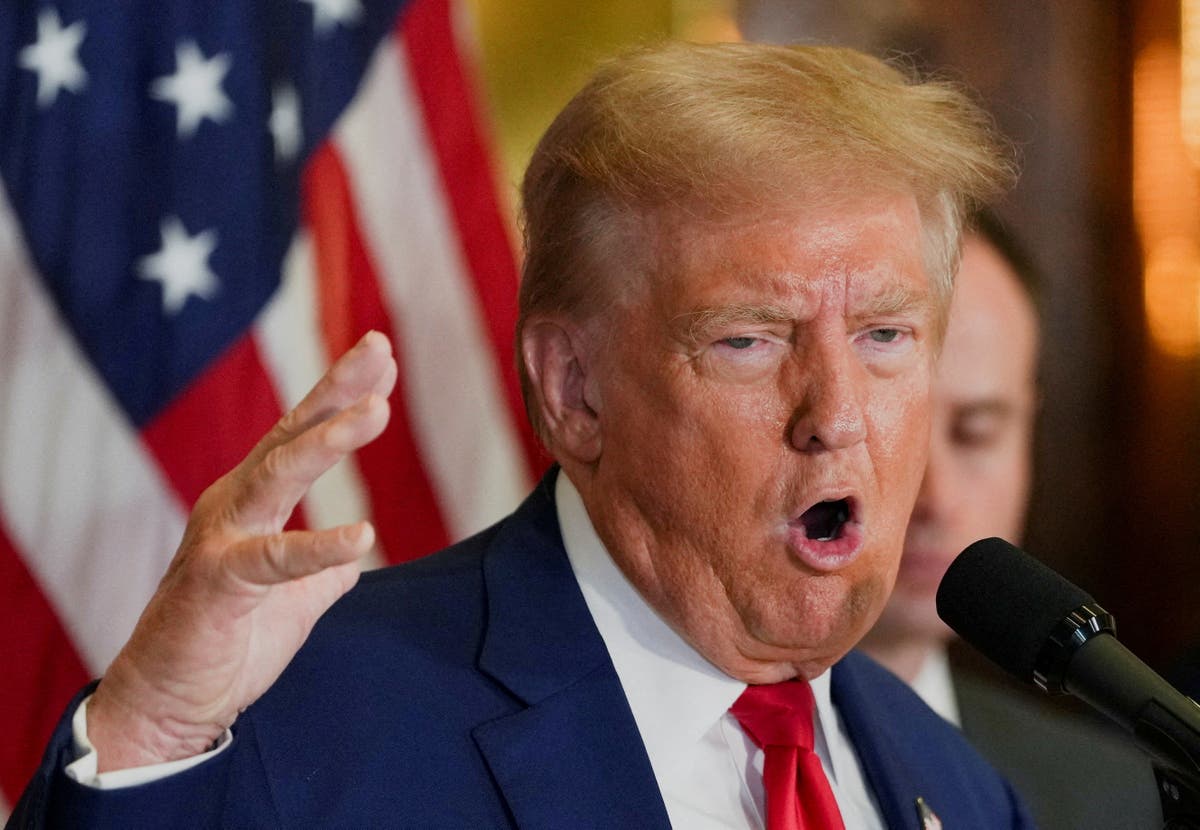Taiwan conducted military exercises showcasing its sea defenses on Thursday, a response to escalating tensions with China. The drills, part of a broader strategy to deter potential invasion, focused on key port areas like Kaohsiung.
The exercises highlighted the island's fast attack missile boats and corvettes, equipped with indigenous anti-ship missiles. These vessels are designed to intercept enemy ships approaching Taiwan's contiguous zone. This area allows for defensive action, a critical element of Taiwan's strategy.
China's consistent military presence in the Taiwan Strait, including naval and aerial activity, has prompted similar Taiwanese responses. Taiwan has demanded an end to these activities, citing disruption to peace, trade, and shipping.
Taiwan's defense strategy relies on a flexible approach, countering China's larger military through a focus on defensive capabilities. The mountainous terrain presents geographical advantages, forcing China to consider potential landing points.
Small, but agile vessels like the Tuo Chiang-class corvettes are pivotal in Taiwan's defense strategy. Their speed and stealth capabilities offer a formidable counter to larger Chinese naval vessels. This emphasizes a strategic approach of asymmetric warfare, relying on the tactical advantage of smaller ships.
Despite Taiwan's efforts, its defense industry still relies on foreign technology, primarily from the U.S., for crucial equipment like fighter jets and missiles. The U.S. stance on the island underscores the potential for international involvement in any conflict.
The drills emphasize Taiwan's commitment to self-reliance and effective defense. The exercises demonstrate the ability to respond swiftly and effectively to maritime threats.
China's stance remains firm, with no communication between the two sides since 2016. This, coupled with perceived increasing Chinese assertiveness, underscores the volatile nature of the situation. Taiwan and China maintain differing views on the island's status, with Taiwan advocating for its democratic independence and China considering it part of its territory.







